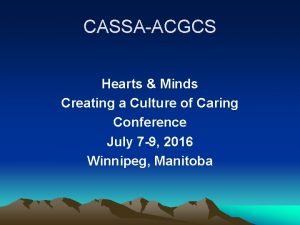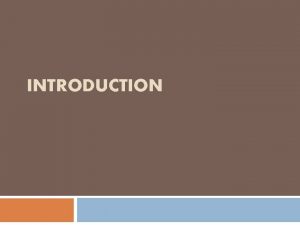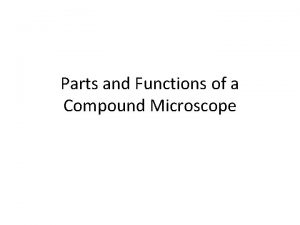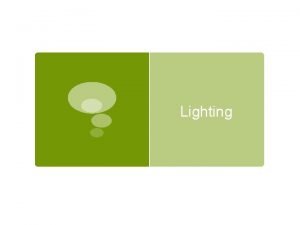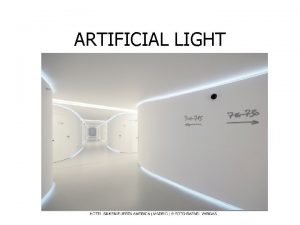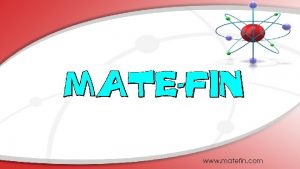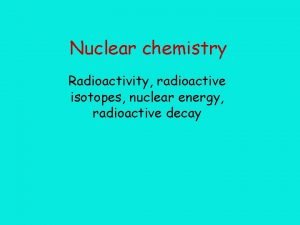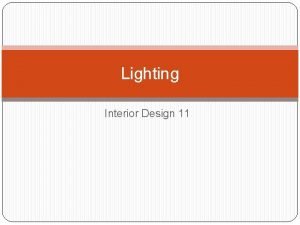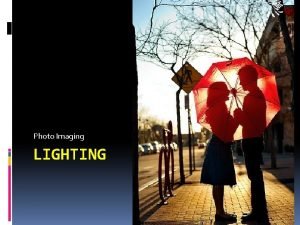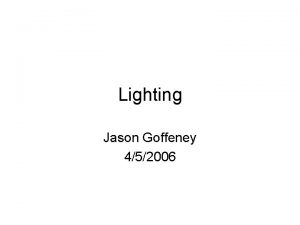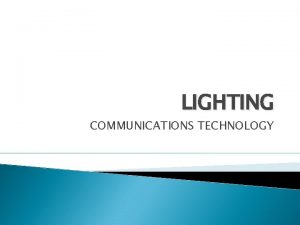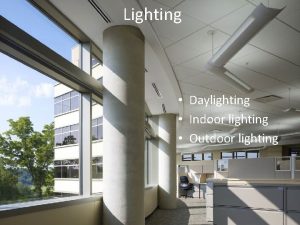Lighting Illuminating thoughts on natural and artificial lighting








- Slides: 8

Lighting Illuminating thoughts on natural and artificial lighting

PHOTOSYNTHESIS • Plants use light energy to create Carbs, like Glucose, that keep the plant alive • Light(energy) + CO 2 + H 2 O = Carbs + O 2 • Efficiency generally tied to Energy • Intensity (irradiance) • There’s a limit • Wavelength • Temperature (can effect eff. ) The Purpose of Light

The Sunlight seems to work well but: • Can be difficult at home • Try to find South-facing windows, East and West-facing are 2 nd best • Even a little sunlight is much better than none • We can supplement with artificial lighting What’s the Best Lighting for Hydroponics?

T-5 – High Output Fluorescent (T-8, T-12) CFL – Compact Fluorescent Lights • • Less Intense Low Energy Consumption Low Heat Generation Inexpensive • • • Moderate Intensity Low Energy Consumption, Low Heat Generation Moderate Expense, Longer life than CFL LED – Light Emitting Diodes • • Low Intensity Low Energy Consumption Low Heat Expensive Induction Lighting HID – High Intensity Discharge • • Very Intense High Energy Consumption High Heat Generation Expensive • • • New in Hydroponics World High Intensity Low Energy Consumption Low Heat Generation Very Expensive Unproven Artificial Lighting

Types of Grow Lights

PHOTOPERIOD – The Amount of light needed by plants during various phases of growth We can manipulate lighting schedules to maximize production Flowering plants use a pigment called Phytochrome to “sense” seasonal changes and trigger flowering Plants can be divided into: • Long Day • Short Day • Neutral Day Timing

“Blue” Light • Shorter wavelength (400 – 500 nm) • “Cool” 5000 K + • Promotes vegetative growth “Red” Light • Longer wavelength (600 nm + ) • “Hot” 2700 K – 3000 K • Promotes vegetative growth Green light is generally unused Guidance

Fini
